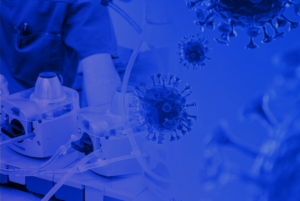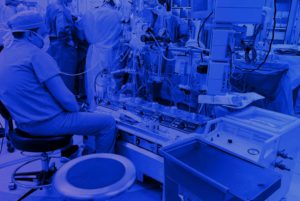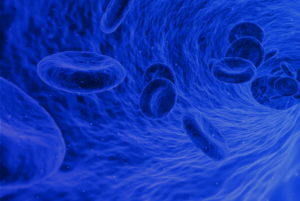Kevin McCusker Ph.D., MSc, CCP, Chief Research Scientist Professor Serdar Gunaydin M.D, Ph.D.
Fundamentally, science is not a competition or a zero-sum game; it is neither a chess match nor a wrestling contest. It is an infinite-sum game from which we all benefit. The outcome of the scientific process is not up to the practitioners since reality is set by nature itself –no negotiating. Scientists aim to figure out what reality is by collecting as much evidence as we can. We argue with each other about possible interpretations when the evidence is limited, but we do so only as spectators of a show that we were never responsible for in the first place. The scientific process may remind us of Michelangelo. When asked how he produced beautiful sculptures from a featureless block of marble, he replied: “It is already there, I just have to chisel away the superfluous material.” Similarly, science uses evidence to “chisel away” the superfluous hypotheses which are ruled out by the data we acquire. When we focus our view this way, it is a work of art.
I wish to reintroduce ourselves, I am Kevin McCusker Ph.D., CCP, I have been a clinical perfusionist for 32 years, and an Assistant Professor of Surgery at New York Medical College in Valhalla, New York. My research partner for the past 25 years has been Professor Serdar Gunaydin M.D., Ph.D. who is a Cardio-Thoracic Surgeon in Ankara, Turkey. Over the past two decades, we have researched and published our findings in many areas, such as biocompatible coatings, leukocyte filtration, condensed cardiopulmonary bypass circuitry, membrane oxygenators, polymer coatings, cardioplegia solutions, fibrin sealants, and blood management techniques.
From time to time, we would like to highlight and share our recent research findings here on this webpage. This will allow us to have a forum to share our studies with everyone and also hopefully stimulate others to join us in any of our new laboratory and clinical studies.
Our latest study covers “Long Term Protective Effects of Single/Multi-dose Cardioplegic Solutions in Cell Culture Models”
Objective: Despite the popularity of single-dose cardioplegic techniques, the time window and targeted population for successful reperfusion remain unclear. We tested currently available techniques based on cell viability and integrity to demonstrate long-term cardioprotection and clarify whether these solutions were acting better on neonatal/adult endothelium or myocardium examining different cell lines.
Methods:
Cell viability with MTT proliferation assay until 48 h and membrane integrity (LDH test) until 24 h were documented in a cell culture setting and microscopy on adult cells (HUVEC-human umbilical vein endothelium), neonatal (H9C2-cardiomyocytes) and myofibroblasts (L929). After 24-hour seeding, cells were incubated in control (Dulbecco’s Modified Eagle), St. Thomas, blood cardioplegia (4:1), Histidine-Tryptophan-Ketoglutarate (HTK) and Del Nido solutions at 34 °C for 2 h followed by an additional 6, 24, and 48 h in standard conditions (37 °C, 5% CO2). All wells were filled with related cardioplegic solutions (200 microliters). Experiments were repeated eight times.
Results:
Cultured L929 (2×104 cells/ml), HUVEC (2×104 cells/ml), and H9C2 (5×103 cells/ml) were seeded in 96-well plates for MTT analysis and in 24-well plates for Acridine-Orange (AO) and Propidium Iodide (PI) double staining microscopy. For LDH evaluation, 5×103 cells/ml from each group were allowed to attach for 24 h, then exposed to cardioplegic solutions at 34°C for 2 hours, followed by 24 h incubation. When reporting viability results, levels better than control were accepted as significant since the control solution is a media for cell culture. For LDH, higher levels noted higher disintegration (Fig 1)(*: p<0.05 with respect to control).
Conclusions:
Experimental works on cardioplegia aiming to assess cardioprotection use time-consuming and often expensive approaches that are unrealistic in clinical practice. We have focused on the direct cellular effects of different cardioplegia solutions and documented long-term effects that we believe are the most underestimated facts about cardioplegia topics in the literature.

Please feel free to reach out to Professor Gunaydin MD, Ph.D., and me, Kevin McCusker Ph.D., MSc., CCP, with any questions or ideas towards research projects.
Kevin McCusker Ph.D., MSc., CCP
Assistant Professor of Surgery
New York Medical College
Valhalla, New York 10575
Serdar Gunaydin M.D., Ph.D.
Professor of Surgery
University of Health Sciences
Ankara, Turkey






